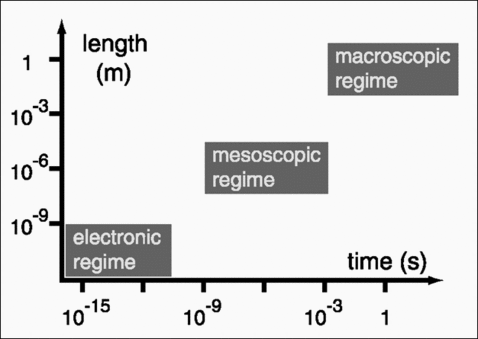Multiscale Modeling Methodology

An essential part of our research is always dedicated to the actual development and advancement of general multiscale modeling methodologies. Key aspects for such multiphysics simulations of functional systems are predictive quality and the applicability to a wide range of materials science problems. Critical for the prior criterion is the development of robust links between the various employed theories with error-control across the scales. At each scale, simulations have approximations that introduce uncertainty, and bridging from one scale to another gives rise to additional uncertainty. One of our central methodological research objectives is to overcome the present state-of-the-art dominated by ad hoc linkage concepts and gain control of how the multiple sources of uncertainty translate to the final multiscale results. Only robust error-controlled links will allow propagating the first-principles accuracy up the chain of methods to successively increasing spatial and temporal scales. This description encompasses then in particular a full reverse mapping capability, i.e. the power to analyze in detail how the electronic structure (bond breaking and bond making) actuates the resulting macroscopic materials properties, function and performance. Current activities in this focus area center on i) an improved description at the electronic structure level, e.g. with respect to accuracy or computational efficiency, but also with respect to electronically non-adiabatic effects; ii) the improved error-controlled matching to the statistical mechanics techniques, comprising systematic coarse-graining approaches; and iii) improved solutions of the statistical mechanics problem, e.g. efficient sampling of the vast configuration spaces and free energy simlations, and the linkage to coarse-grained continuum descriptions (in particular computational fluid dynamics to account for heat and mass transfer effects in heterogeneous catalysis).
